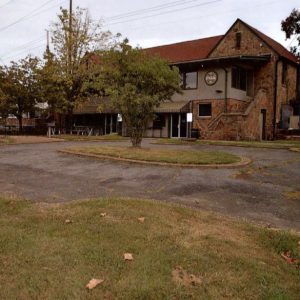 Fair Park Clubhouse
Fair Park Clubhouse
Entry Category: Museums and Historic Sites - Starting with F
 Fair Park Clubhouse
Fair Park Clubhouse
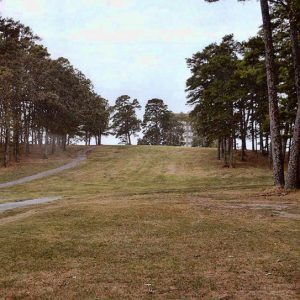 Fair Park Golf Course
Fair Park Golf Course
Fair Park Golf Course
aka: War Memorial Golf Course
 Fair Park Golf Course Rough
Fair Park Golf Course Rough
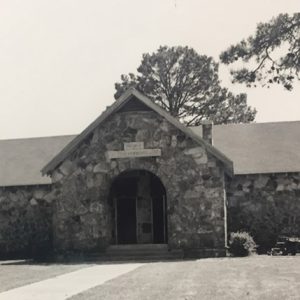 Fair View School
Fair View School
Fair View School
Fargo Agricultural School
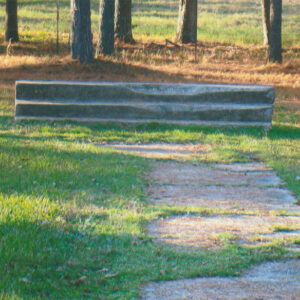 Fargo Agricultural School Ruins
Fargo Agricultural School Ruins
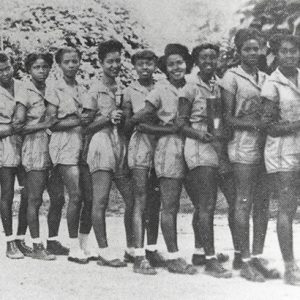 Fargo Basketball Team
Fargo Basketball Team
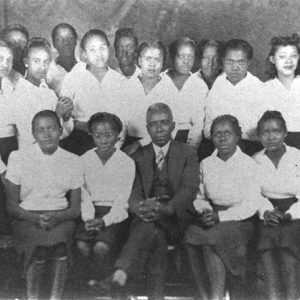 Fargo Girls Chorus
Fargo Girls Chorus
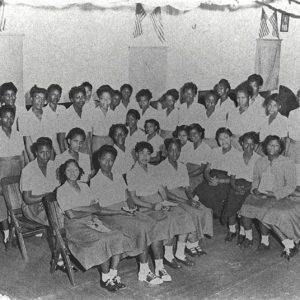 Fargo School Girls
Fargo School Girls
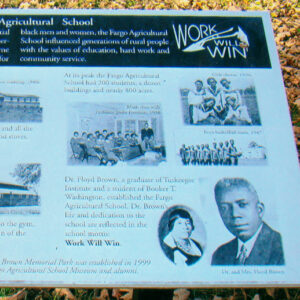 Fargo School Sign
Fargo School Sign
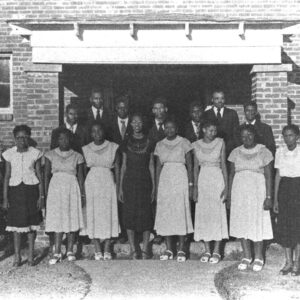 Fargo School Students
Fargo School Students
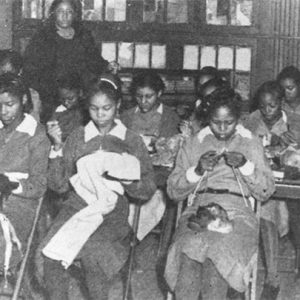 Fargo Sewing Class
Fargo Sewing Class
 Farm Implement Display
Farm Implement Display
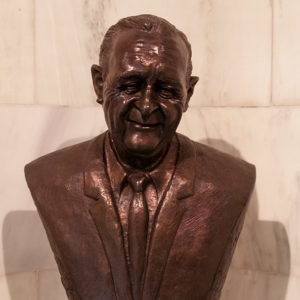 Faubus Bust
Faubus Bust
Faulkner County Courthouse
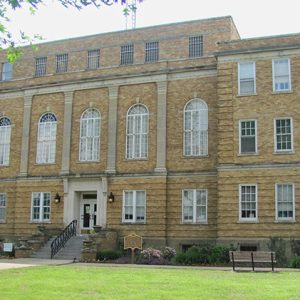 Faulkner County Courthouse
Faulkner County Courthouse
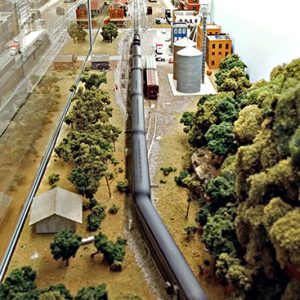 Faulkner County Museum
Faulkner County Museum
Faulkner County Museum
Ferguson House (Pine Bluff)
Ficklin-Imboden Log House
 Ficklin-Imboden Log House
Ficklin-Imboden Log House
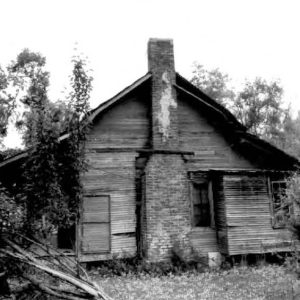 Fielder House
Fielder House
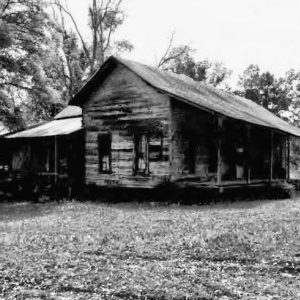 Fielder House
Fielder House
Fielder House
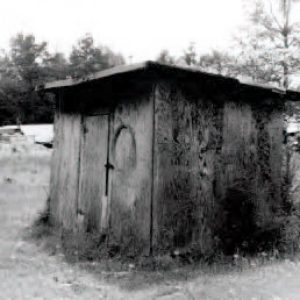 Fielder House Outbuilding
Fielder House Outbuilding
 Fielder House Side
Fielder House Side
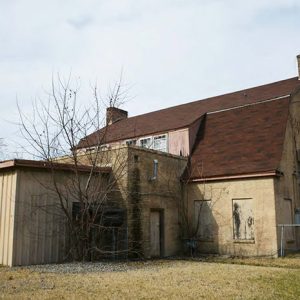 Fire Station No. 9 Rear View
Fire Station No. 9 Rear View
 Fire Station No. 9 Side Entrance
Fire Station No. 9 Side Entrance
First Baptist Church (Little Rock)
aka: EMOBA
aka: Museum of Black Arkansans and Performing Arts Center
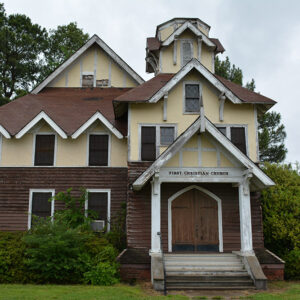 First Christian Church
First Christian Church
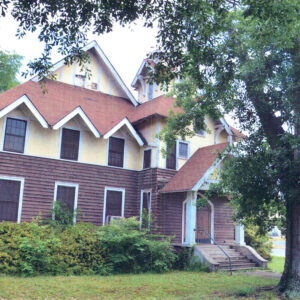 First Christian Church
First Christian Church
First Christian Church (Lonoke)
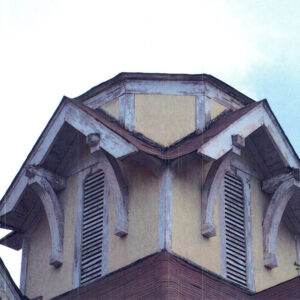 First Christian Church Detail
First Christian Church Detail
First Hotze House
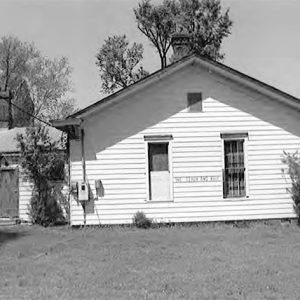 First Hotze House
First Hotze House
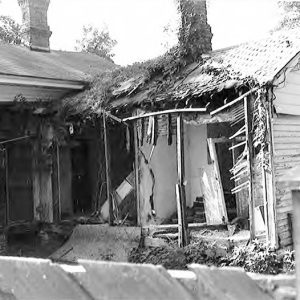 First Hotze House
First Hotze House
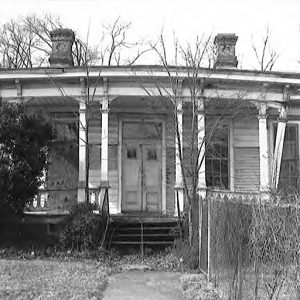 First Hotze House
First Hotze House
 First Lady Gown
First Lady Gown
First Presbyterian Church (Fordyce)
 First Presbyterian Church (Fordyce)
First Presbyterian Church (Fordyce)
First United Methodist Church (Fordyce)
Fishback School
Fitzgerald Station and Farmstead
Fitzhugh Snapp Company
Flanagin Law Office
Florence Crittenton Home
 Florence Crittenton Home Story
Florence Crittenton Home Story




